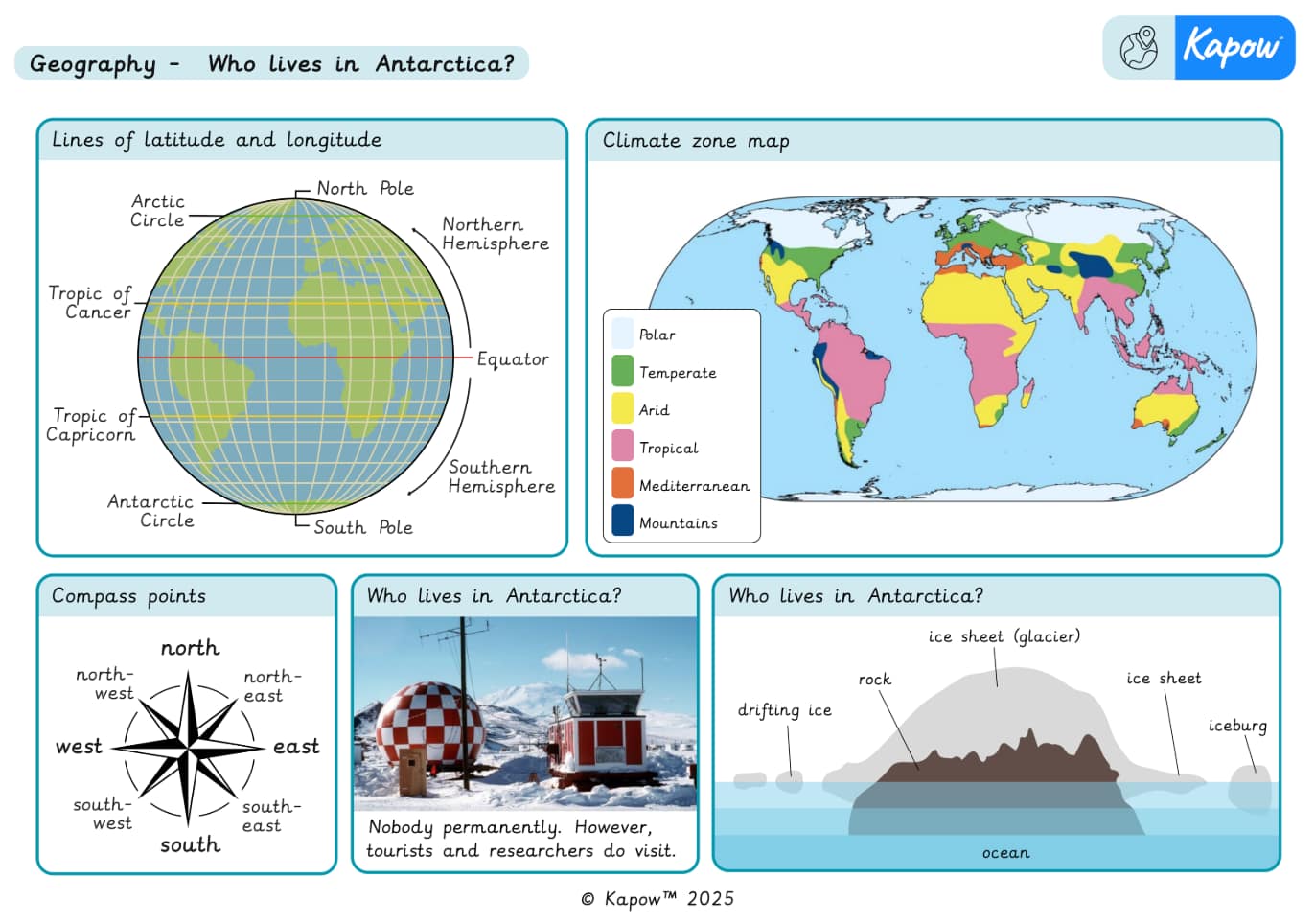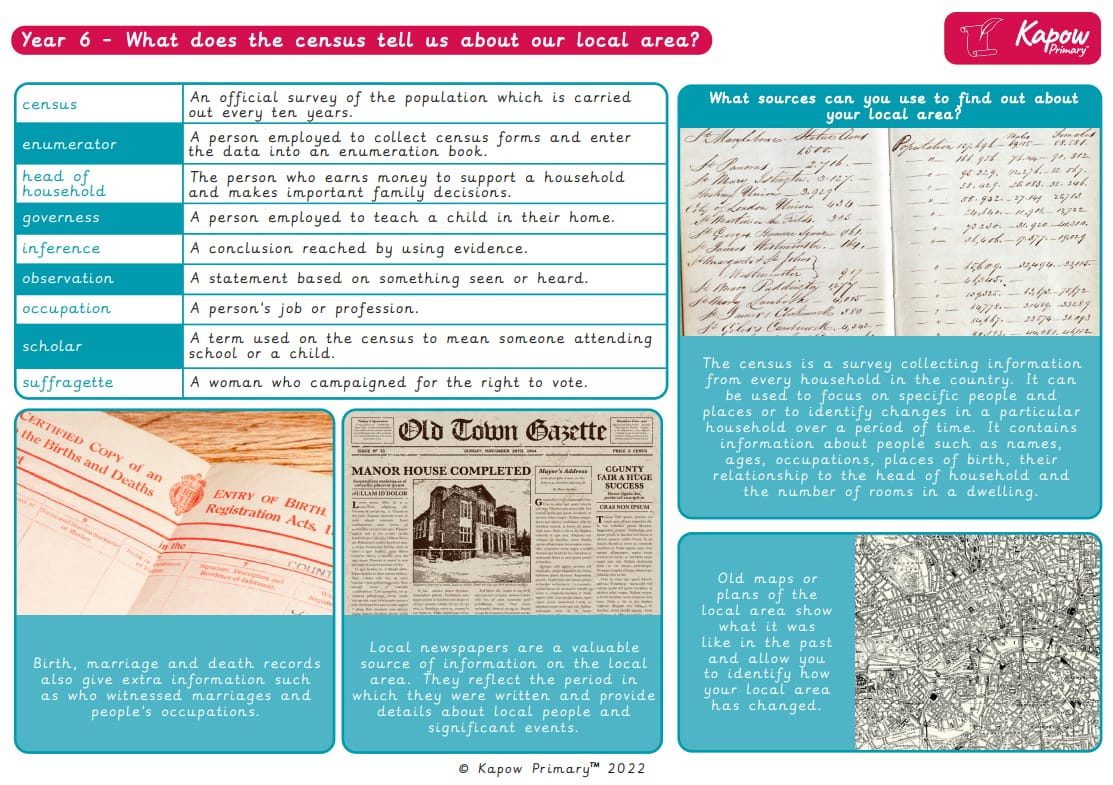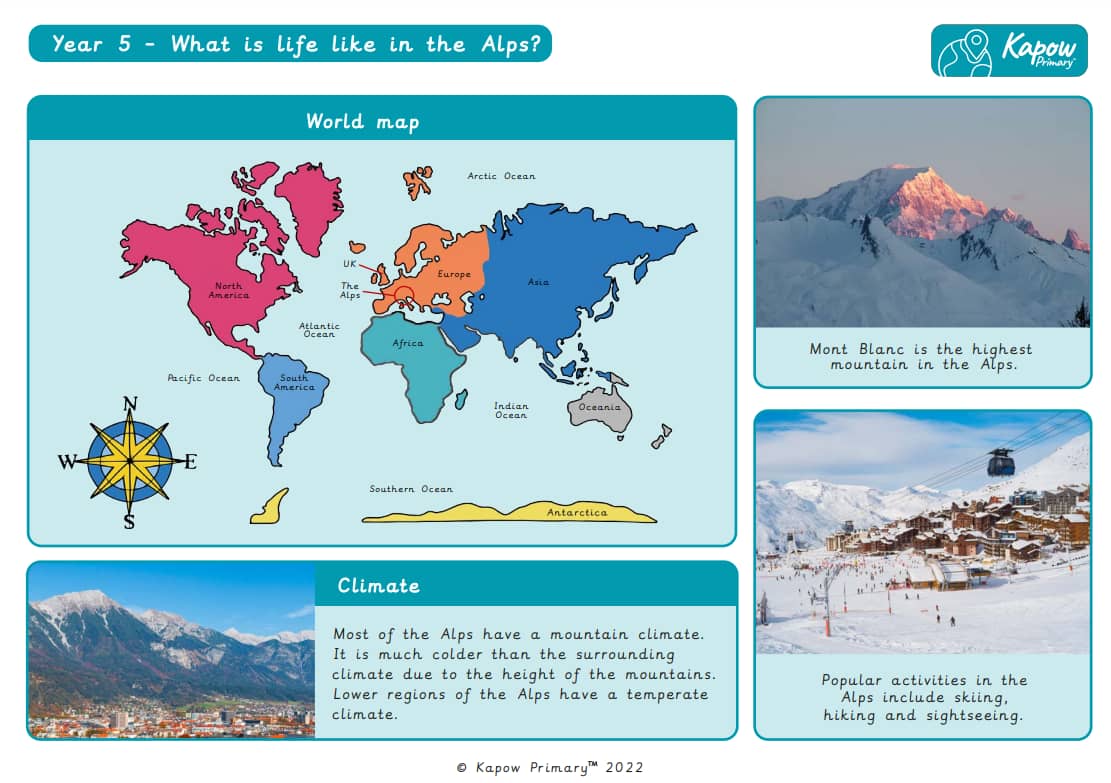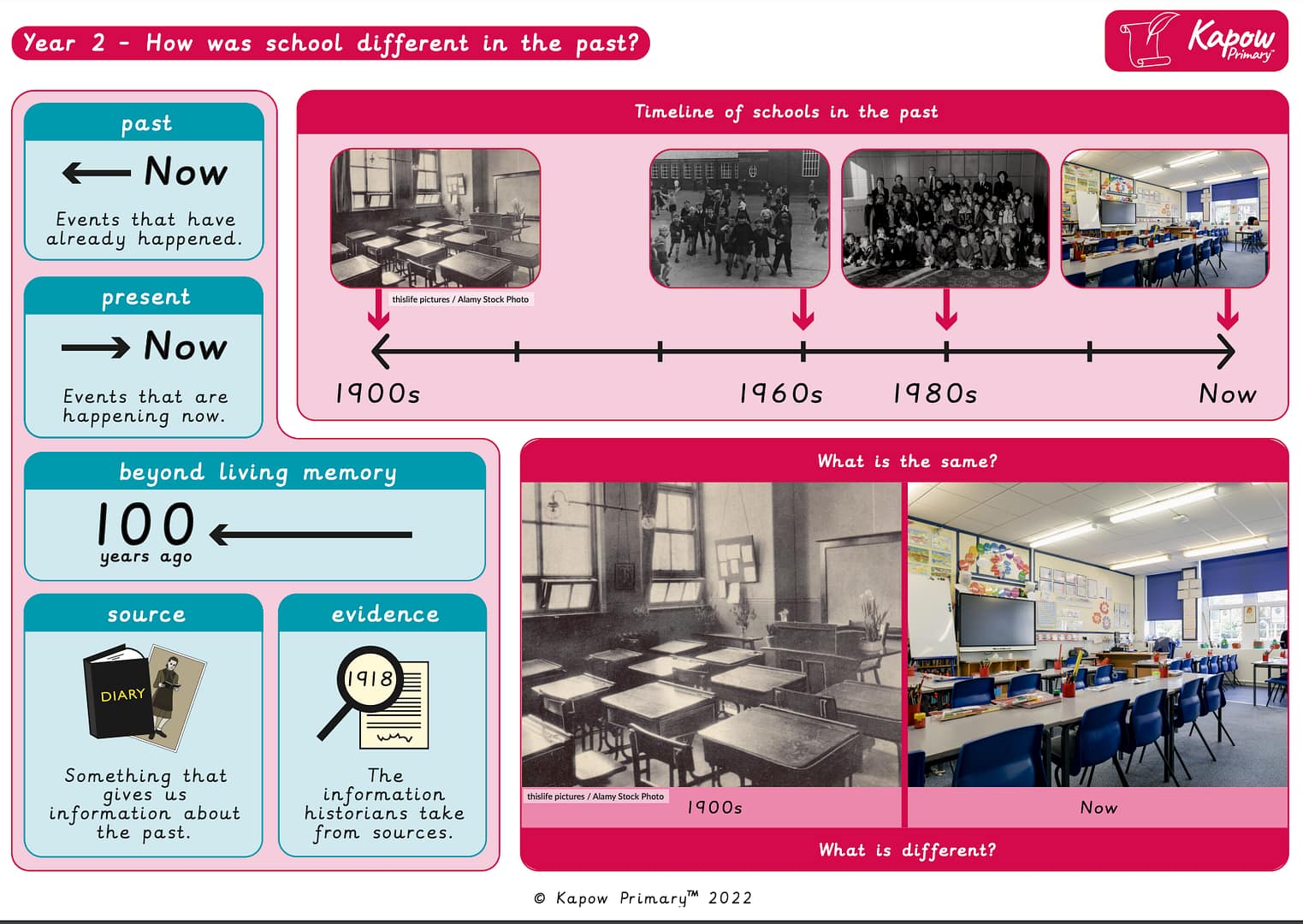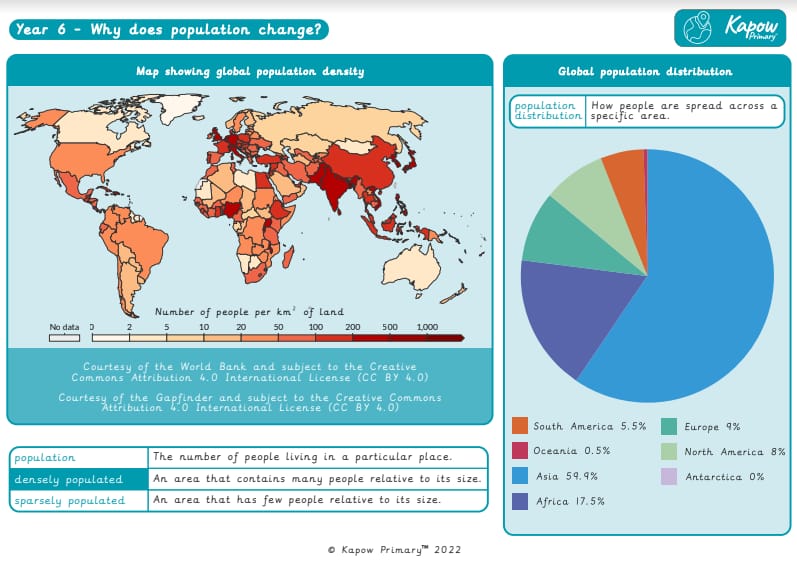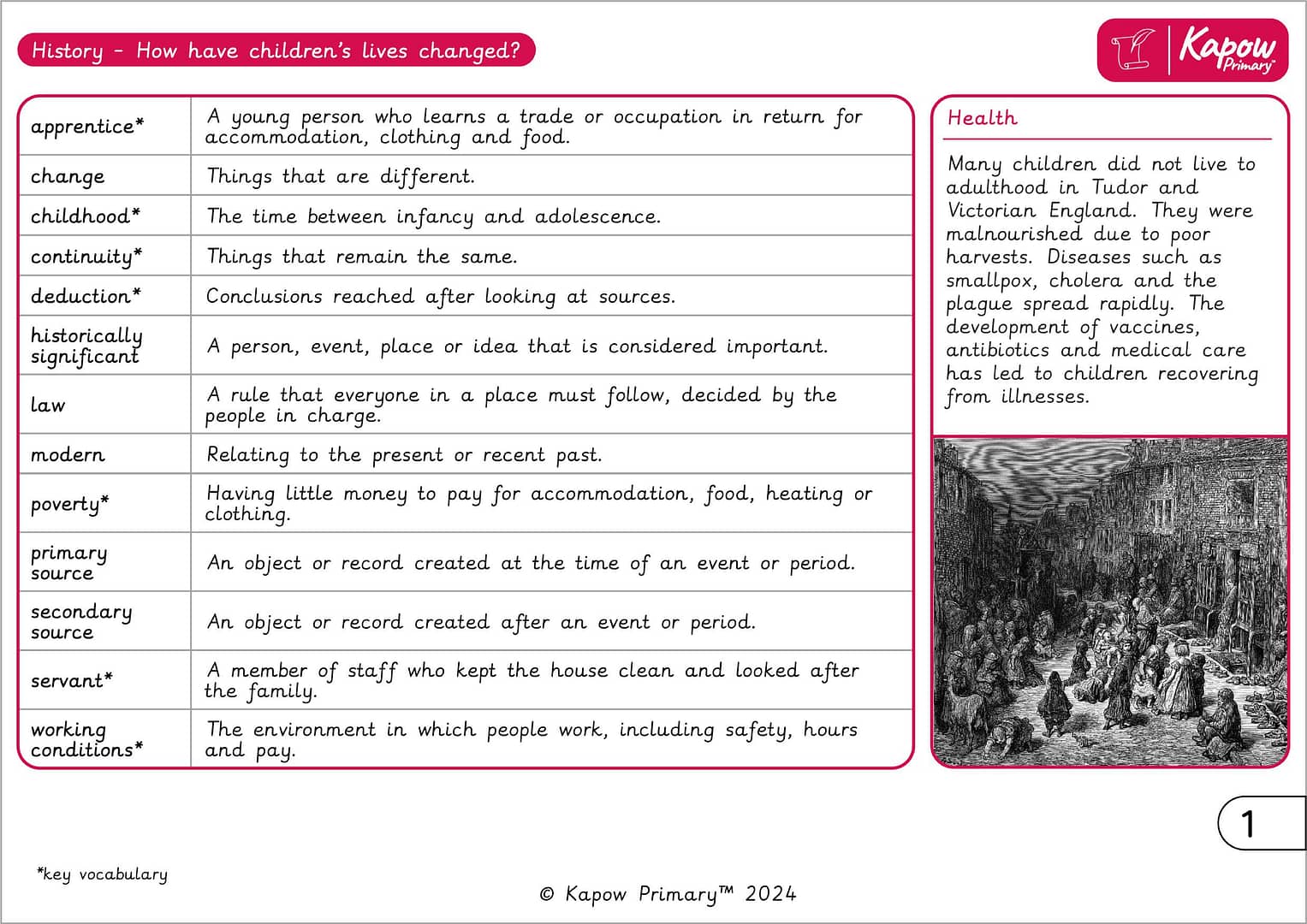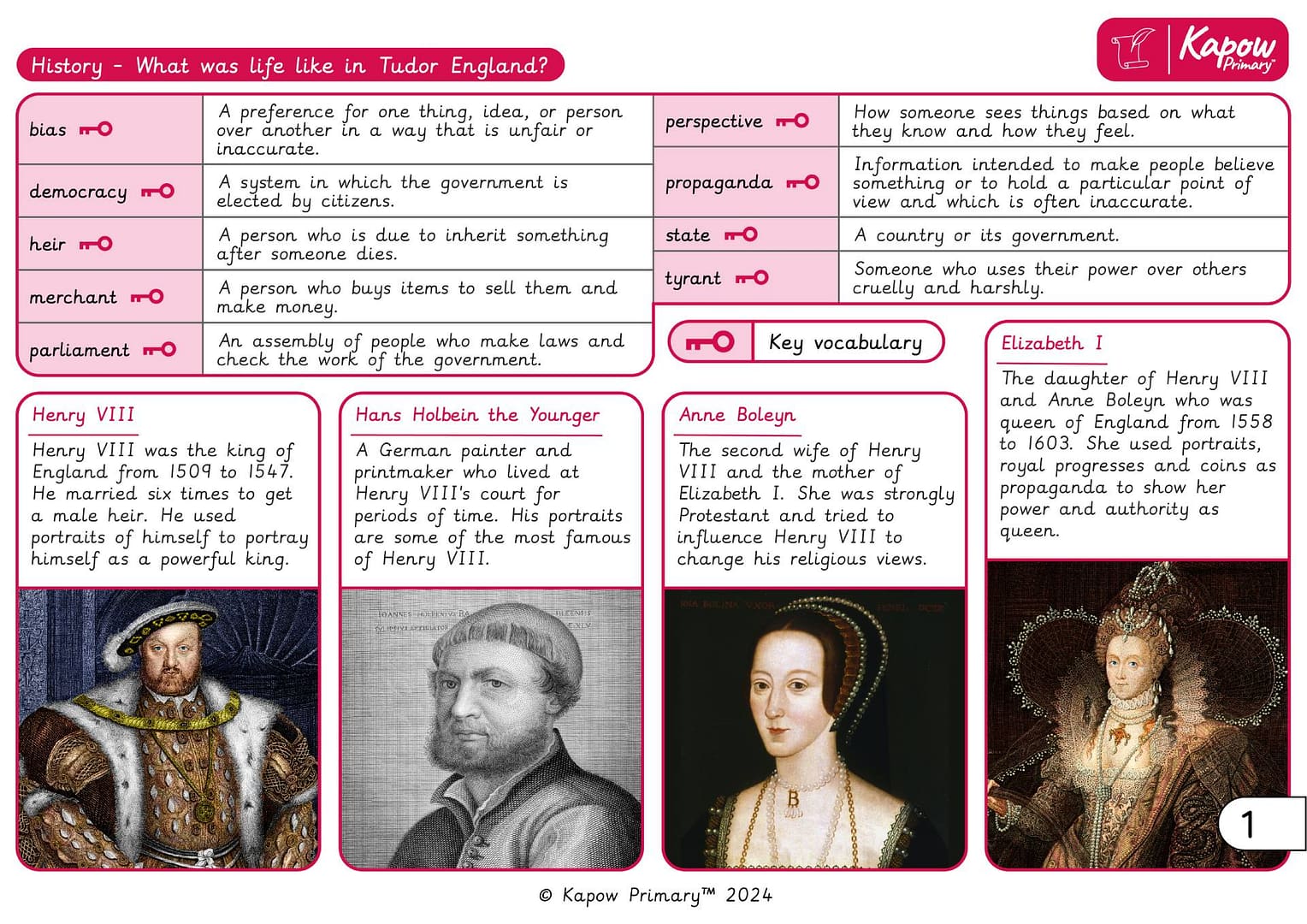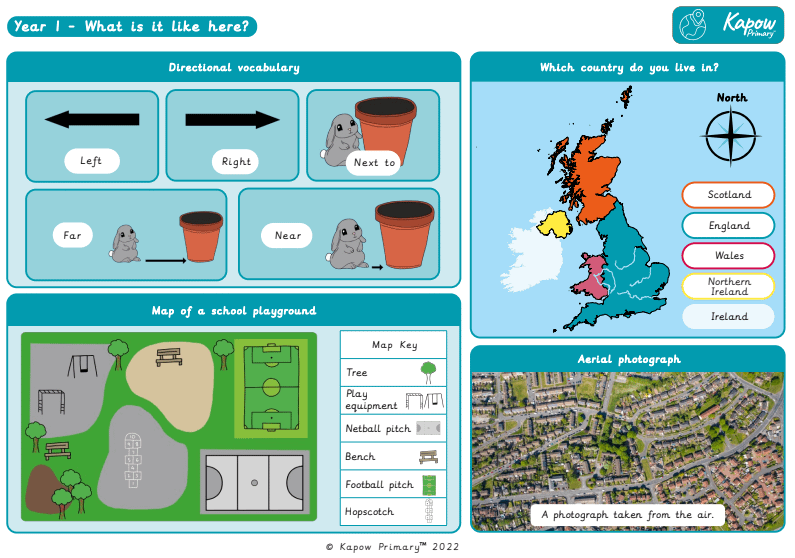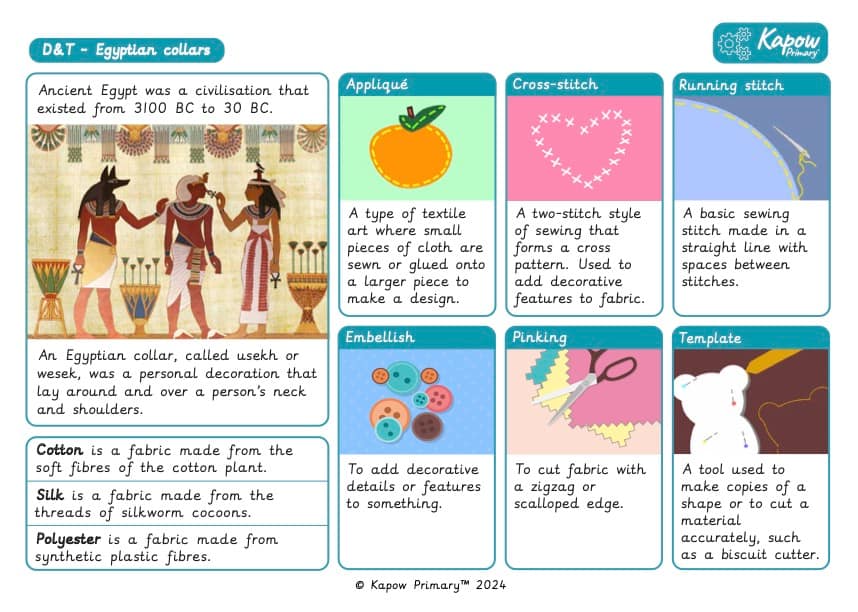Teaching resource: Knowledge organiser
Knowledge organiser – History Y6: What can the census tell us about local areas?
Knowledge organiser: Geography – Y5 What is life like in the Alps?
Knowledge organiser – History Y2: How was school different in the past?
A Knowledge organiser that captures the essential knowledge and skills learnt throughout the History, Y2, How was school different in the past? unit.
This resource is designed to support children as they compare schools now and in the past. It highlights key vocabulary and helps develop a chronological understanding of ‘within living memory’ and ‘beyond living memory’.

